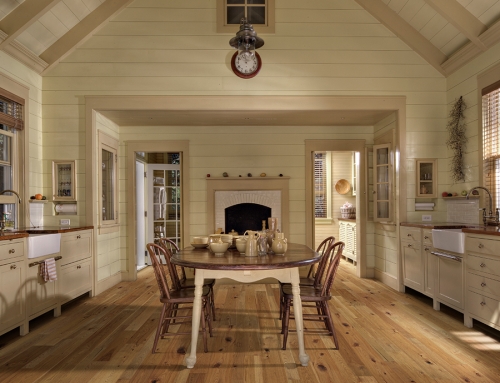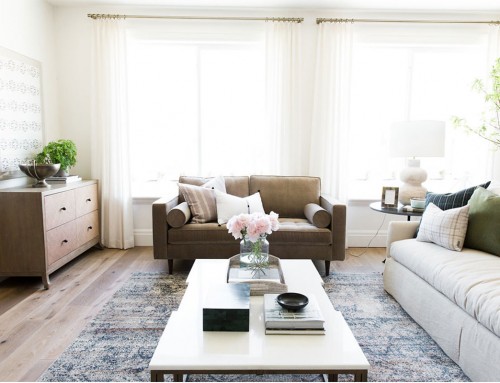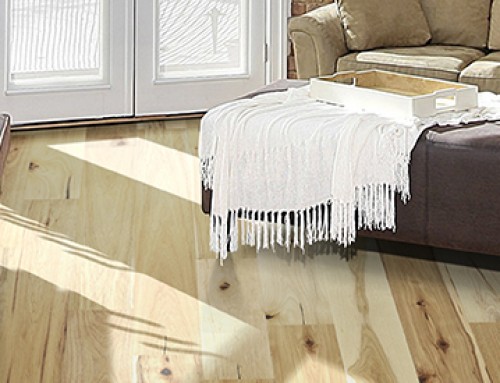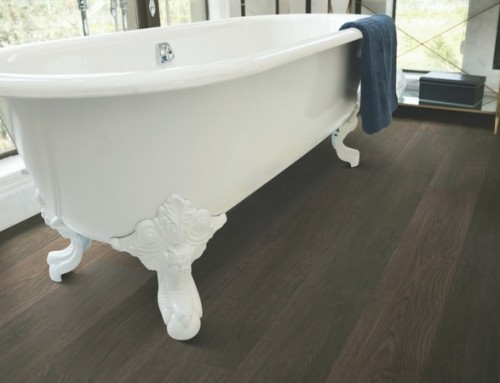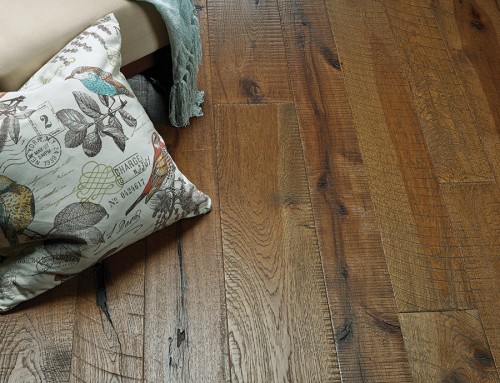Understanding how humidity affects wood flooring is very important. Our friends at Palo Duro Hardwoods shared this detailed article in order to explain the basics so that you can be informed about your current/future hardwood floors.
Humidity Matters
By Tom Ruekert | Vice President of Sales & Operations
Relative humidity in wood flooring matters. A lot. Understanding it is crucial to success – and failure – of a floor’s performance after installation.
So here are the basics every wood flooring contractor and every homeowner that has – or wants to have – wood flooring in their home needs to know. And if you are a contractor or homeowner in our home state Colorado, we have an extra challenge to talk about. I’ll get to that in a minute.
What is relative humidity?
It is the amount of moisture vapor in the air compared to how much that air can hold at a given temperature before the moisture condenses as dew.
How does relative humidity affect wood flooring?
Higher humidity causes wood flooring to expand, as the flooring absorbs moisture from its environment. Drier conditions cause wood flooring to shrink. To an extent, those fluctuations are tolerable, and they are to be expected with seasonal changes.
In general, temperature and humidity control inside a home is the linchpin for maintaining consistent wood flooring performance.
Proper Relative Humidity for Wood Flooring
Professional wood flooring installers should follow manufacturers’ guidelines, which often call for 35% to 55% relative humidity.
If that information from a manufacturer is not known, the secondary resource to follow is the Installation Guidelines of the National Wood Flooring Association (NWFA). The NWFA uses a 30% to 50% range.
But those numbers are only guidelines. The reality varies depending on regional climates. In the U.S. alone, the variety from the swamps of the Southeast, for example, to the high and dry climates of Colorado causes a need for local expertise.
Who Is Responsible for Relative Humidity Control?
The home owner is responsible for the ongoing control of temperature and humidity in the home.
Assuming the professional installer properly acclimated the wood flooring to the home environment, and properly evaluated the moisture content within the subfloor and flooring prior to installation, the homeowner is responsible for the ongoing performance of the floor.
Typical heating and cooling of the home should be sufficient for controlling temperature. A basic humidity and temperature monitor can be purchased at local big-box stores or online for less than $10. In a large or multi-level home with wood flooring throughout, consider placing more than one monitor in separate areas or on different levels.
In Colorado the relative humidity often is around 20%. This requires use of a humidifier to increase the relative humidity in the home to the minimum recommended 30%. In wetter regions of the country, a dehumidifier might be needed.
Bottom Line
It’s this simple: Maintain the relative humidity in your home, maintain your floor.
*Repost from Palo Duro Hardwoods Blog.
Click here if you would like to read more articles about hardwood education. You can also visit our Floor Care Maintenance page to register your floors and receive a free bottle of cleaner.





